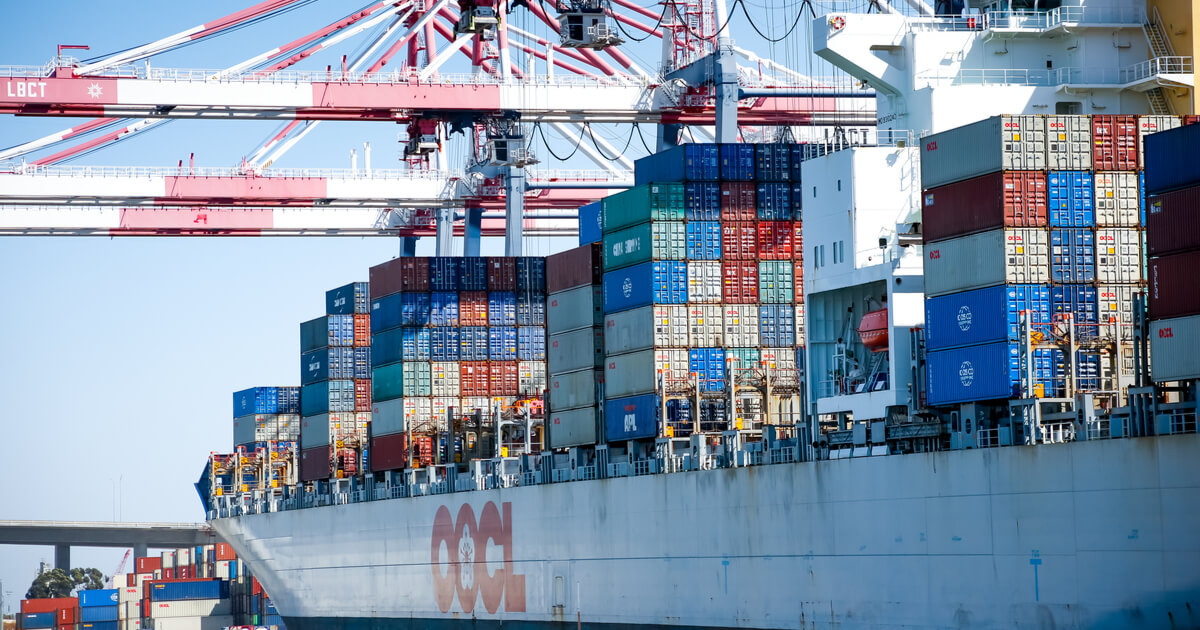
American agricultural exporters struggled to move goods and products from West Coast ports in 2021, and the crisis prompted a recent Maritime Day symposium called “Do U.S. Exporters Need U.S. Ships?”
The question is more than a fair one, given that foreign companies shipped empty containers to Asia while U.S. agricultural items endured excessive delays. Jim Patti, president of the International Propeller Club of the United States, indicated the U.S. suffers a substantial shortage of vessels needed to fulfill the speedy export of agricultural goods. His remarks are supported by hard data.
According to Brooking, the once robust American-flagged fleet has dwindled down to a fraction of the world’s vessels. As of July 2021, U.S. cargo ships comprised between 0.2 and 0.4 percent of a total international fleet that hovers above 43,000. To be sure, that is less than one percent or about 180 vessels after the U.S. enjoyed more than 16 percent of global vessels in 1960.
With much of that fleet built during the World War II era and backed by taxpayer subsidies, domestic cargo fleets shrank from 2,926 to 864 vessels by 1980. Rival China now reportedly constructs upwards of 40 percent of all large ocean ships annually. Not only does Beijing outbuild the U.S. by 1,000 to 100 each year, but the Asia power also possesses 30 of the 50 largest container ports in the world. Adding insult to injury, industry insiders such as Paul Snell, chief executive officer of British American Shipping, indicated that export movement from West Coast ports such as Oakland would decline further. Considering the following import-export rate differences, it’s easy to understand the economics behind Snell’s conclusion.
Export Freight Rates
- $1875 for Busan
- $1950 for Yokohama
- $2200 for Shanghai
- $2500 for Ho Chi Minh City
Import Freight Rates
- $3750 for Busan
- $3900 for Yokohama
- $4400 for Shanghai
- $5000 for Ho Chi Minh City
Vespucci Maritime partner Lars Jensen agreed and added definition to the point that the import-export disparity could increase from 2-to-1 to 4-to-1 once the pandemic has waned in Asia.
“U.S. exports account for about 5 percent of the revenue in international trades while imports account for 95 percent. This is symbolic of the small revenue stream generated by exporters,” Jensen reportedly said during the Maritime Day symposium. “U.S. shipping companies are not there anymore because they could not compete with non-U.S. shipping companies. The companies that stay alive are protected by the Jones Act. That’s the extent of it. If I compare the U.S. way of running companies compared to Europe, there is an extreme focus on quarterly profitability. Running a shipping company while focusing on quarterly profitability is a very unhappy mix.”
The U.S. surged to maritime dominance after World War II when officials grew concerned about reliance on German and British vessels. The Merchant Marine Act of 1920, aka Jones Act, directed taxpayer subsidies to build and maintain a fleet that served America’s interests. Since those subsidies were eliminated in 1980, the fate of American growers, ranchers, and manufacturers are in the hands of foreign decision-makers.
Sources: ajot.com, brookings.edu, businessinsider.com, cato.org











Leave a Comment